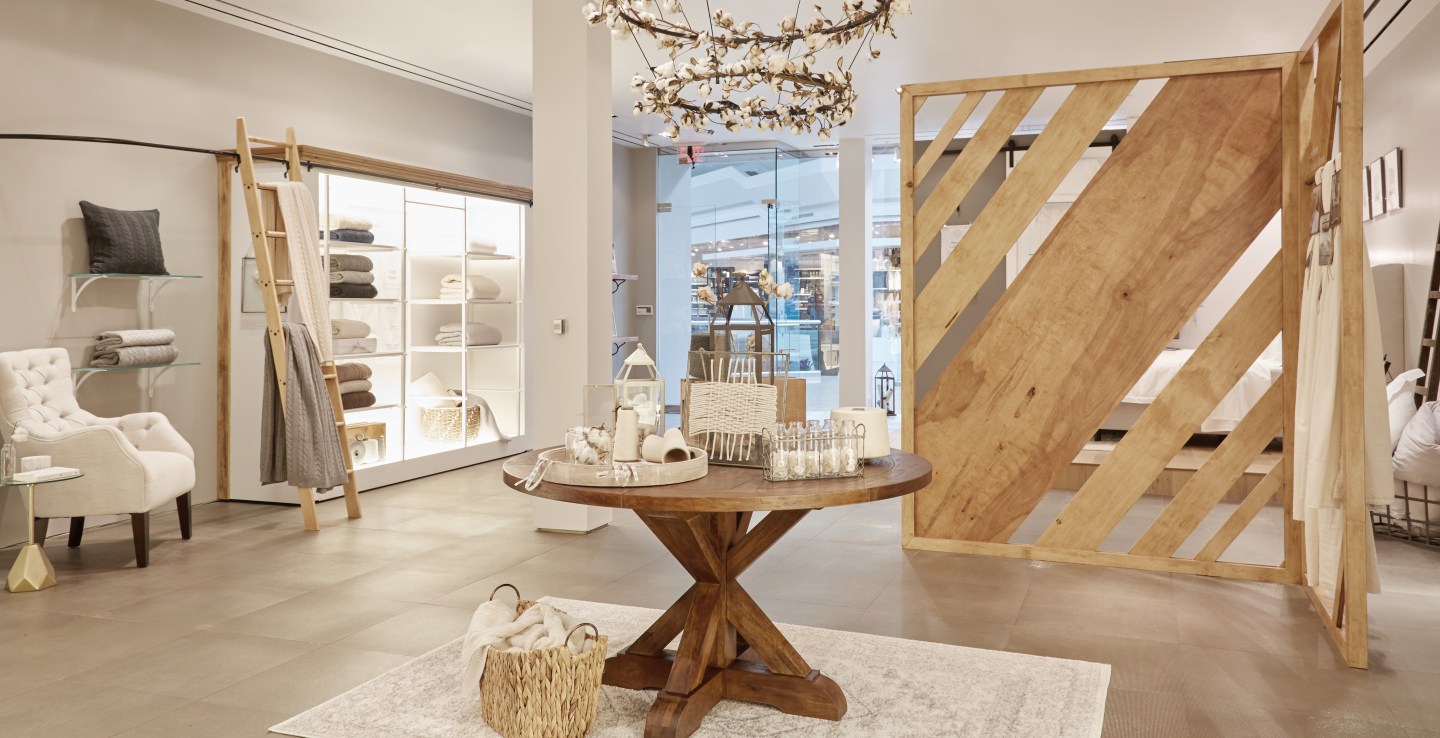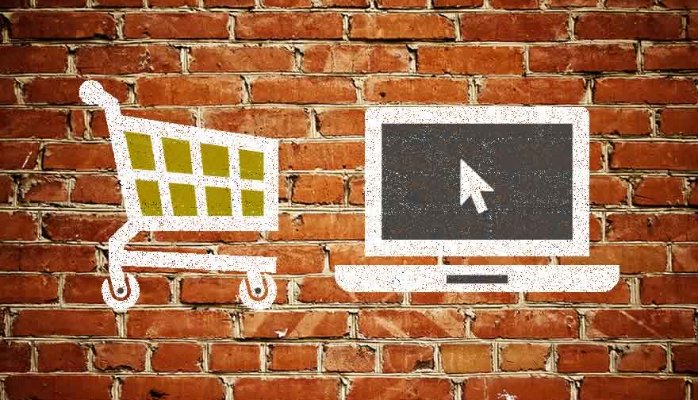Amidst changes in how we shop, you would think that no companies would be opening new brick-and-mortar stores. I think it is safe to say we don’t really know what the future of retail is going to be. Although Credit Suisse predicted that more than 8,600 stores will close in 2017, there are still new brick and mortar stores opening. Why?
Nothing is more convenient than online shopping accept certainty. Even though consumers would rather not leave their house to retail shop, it is still nice to visualize, try-on and feel products before purchasing them. We want to know that we’re getting our money’s worth. We want to know that if we order that shirt, it is going to fit when it arrives. Certainty trumps convenience, especially in a world full of buyer’s remorse.

Boll & Branch sells luxury bedding online and has been doing so successfully for the last three years. They just opened a physical location because “The main reason a customer wouldn’t buy our product online was that they wanted to be able to feel it themselves,” said Scott Tannen, co-founder, and CEO of Boll & Branch. Tannen believes that opening a physical location will be the answer for getting all ‘touchy-feely’ customers to buy.
And he’s not wrong. Reid Greenberg, e-commerce lead researcher at Kantar Retail explains that traditional brick-and-mortar stores and malls are only going out of business because they aren’t revamping and modernizing their business models. “It isn’t that retail is dead. Roughly 85-90 perfect of retail takes place in brick-and-mortar locations”, Greenberg said, “but bad brick-and-mortar is. The mall-type department stores are faced with many challenges because they aren’t connecting with shoppers in the way they want to be connected with. Consumers already know what to expect when walking into one of these stores.”
Brands that originated as e-commerce might even have an advantage entering the physical landscape. These brands can hone in modernizing their business model by interlacing digital touch points and apps with their physical presence. “We are seeing a blurring of the lines between what is really digital and what is brick-and-mortar retail,” said Greenberg. It has also been said that a physical location adds legitimacy to your business, some consumers don’t trust businesses that operate only online.
Many e-commerce brands are experimenting with opening a physical location, including Square, a mobile payments processor that just opened its first physical store. It is not that one is better than the other, but that both retail and online must work together to constantly update and modernize their business models to stay open. Interested in reading more stories like this? Stay up to date with the digital marketing world and sign up for our weekly newsletter.




